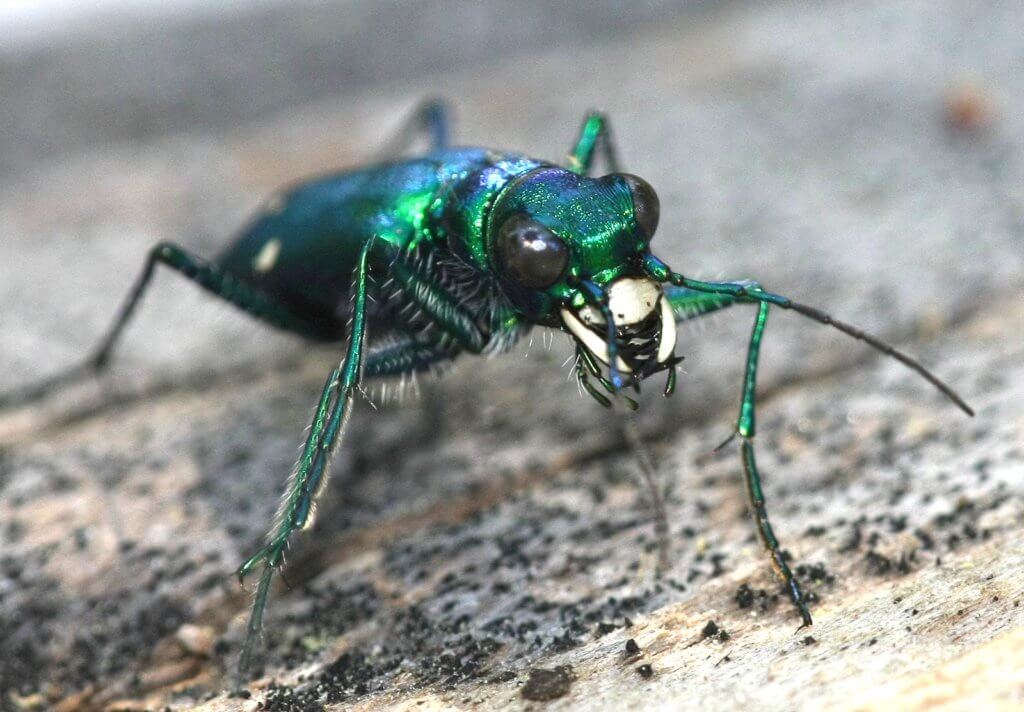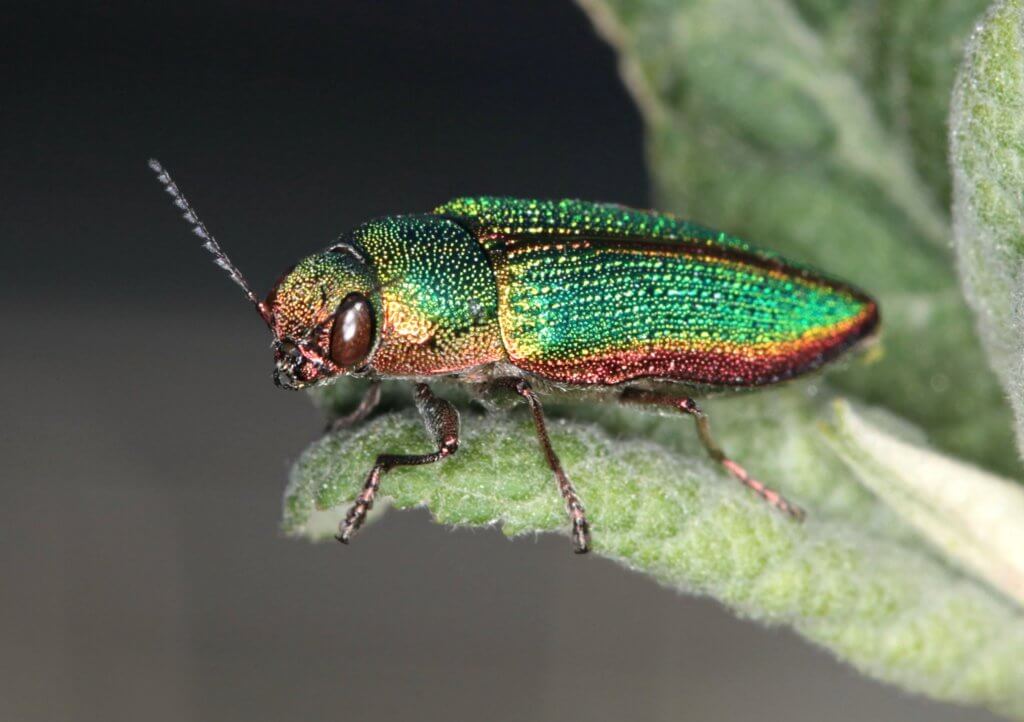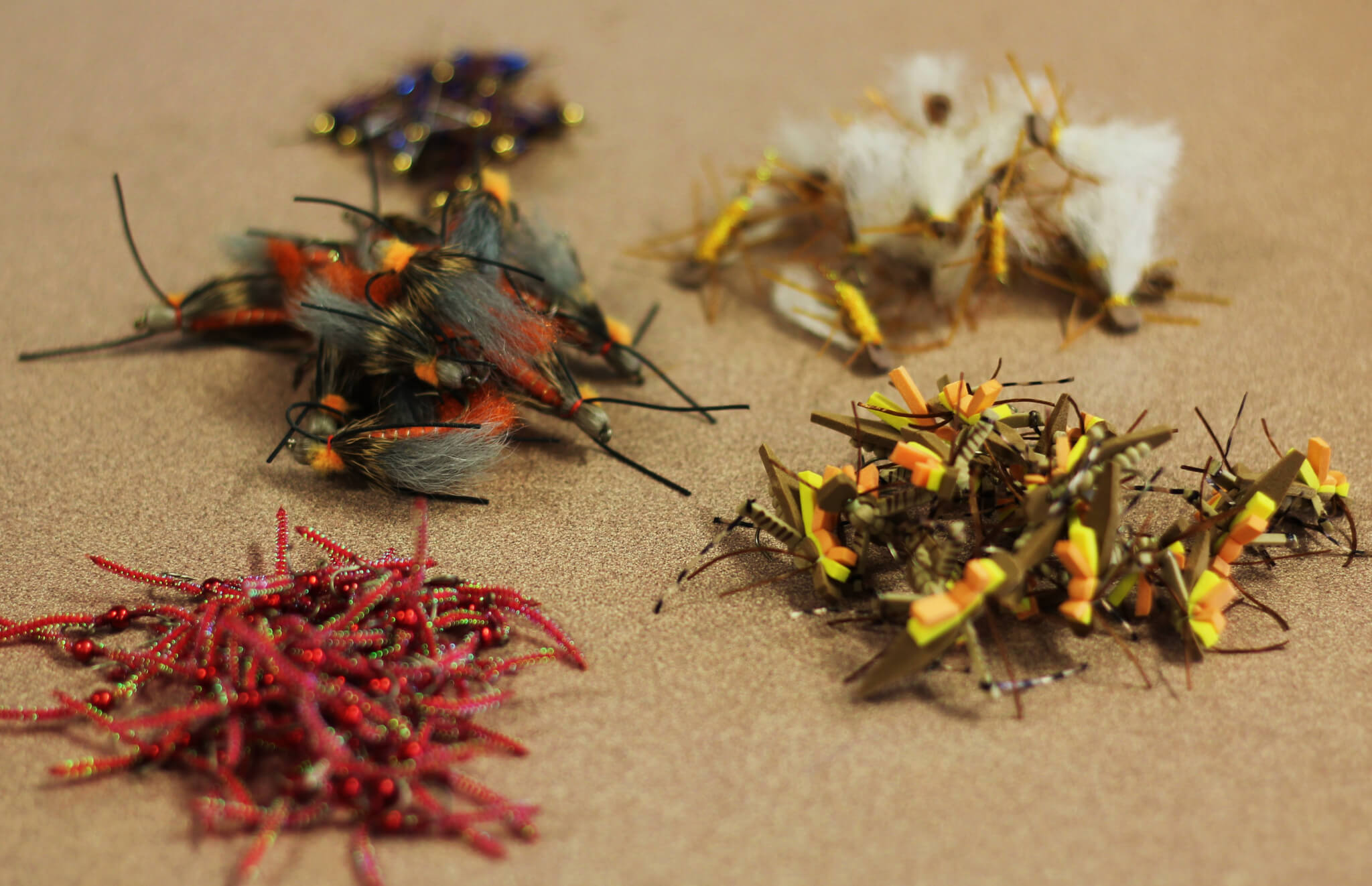6 Tips for Fly Fishing Ants & Beetles

-Tip #1 Vary Your Size and Color
There are more species of beetles on this earth than any other animal. Not as many ants, but there are still a lot. Beetles come in a myriad of sizes and colors. Ants are usually black, cinnamon, or a combination of the two. Don’t be afraid to switch from basic black to a wider color range. Additionally, different sizes will often trigger strikes as well. If you’re a tyer, you know how easy ants and beetles are to tie. Have a few oddballs, your catch rate will improve.
-Tip #2 Vary the Depth
Ants and beetles are not natural floaters! They don’t like the water, and they’re not built for it. They can very easily be swamped, and start sinking. So if your fly swamps and sinks, but you still have a good drift, let it hunt! Trout are used to seeing these insects beneath the surface as well as on top, and will take them where they find them. If you start to take more fish on the sunken Ant or beetle, a little split shot might not be amiss.
-Tip #3 Fish In Probable Places
While Ants and beetles blanket the shoreline, they don’t always find their way into the water at all points on the shore. Terrestrials are more apt to be found just below overhanging branches, beneath grassy banks or next to logs. These are places where a little breeze is more apt to put an Ant or beetle into the water, and a place where trout are more focused on these food forms. Ants and beetles are found through out the river, but are definitely more prevalent when their homes overhang the water.
-Tip #4 The Plip Is A Trigger
Beetles have a bit more mass than ants, and when they enter the water, they aren’t graceful. Depending on how far they’ve fallen, they will make an entry “plip” as they hit the water. This commotion can act as a trigger, alerting the trout to a beetle’s presence. Don’t be afraid to let your beetle hit the water with a little more force than you would allow a mayfly imitation. That little “plip” may be just what the trout is looking for.
-Tip #5 Flying Ants

The Flying Ant is a rarity on the water, but when it happens, the fishing can be ridiculous. Or ridiculously frustrating, because guides will tell you if your imitation doesn’t have a wing, the trout won’t touch it. Flying Ants will sometimes swarm for hours. You can cast your regular ant that entire time, and the only way you hook a fish is if you floss one. (Flossing is when a trout takes a natural and inadvertently also eats your leader). Make sure you have a couple of flying ants in your box. You may go years without using one, but when you do finally get to use them, the fishing will be epic.
-Tip #6 The Constant Dropper
Every once in a while, our fishing guides run into a dry fly purist. Dry or Die. Morally opposed to a sunken fly. Since every guide knows two hooks are better than one, you need a second bug. When very little is happening (and most would be running dry/dropper) an ant or beetle makes the perfect “dropper.” They are constantly on the water. There is no place they can’t be found on the river, and the fish are very familiar with them. If you find yourself in a surface mood, but little is going on, make your second dry a terrestrial to add to your fish count.

